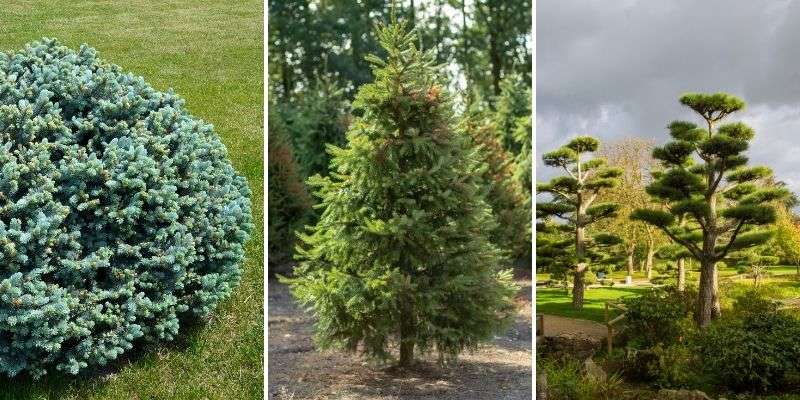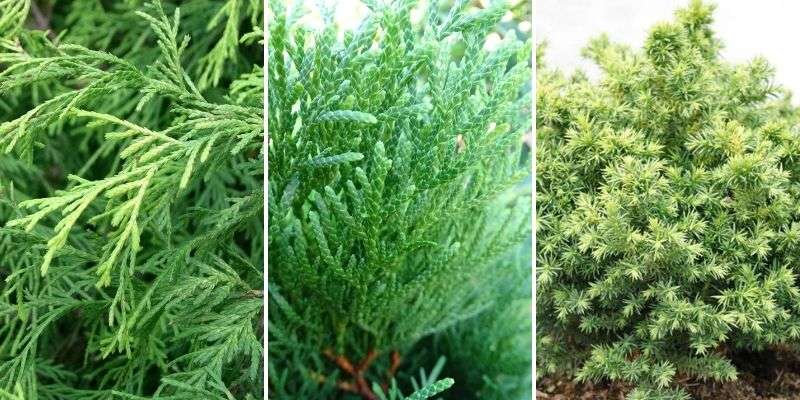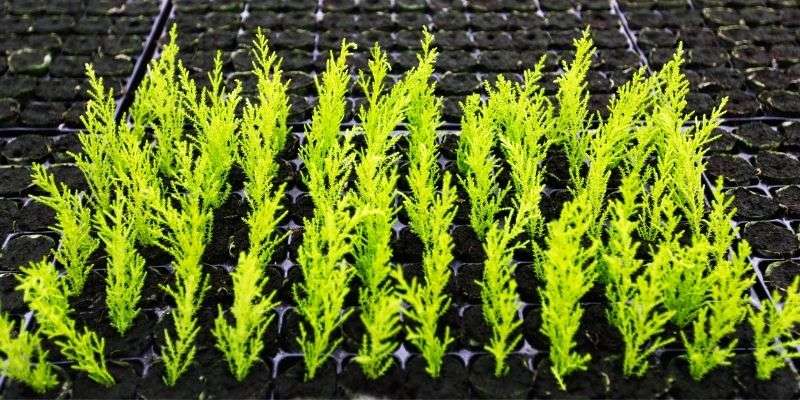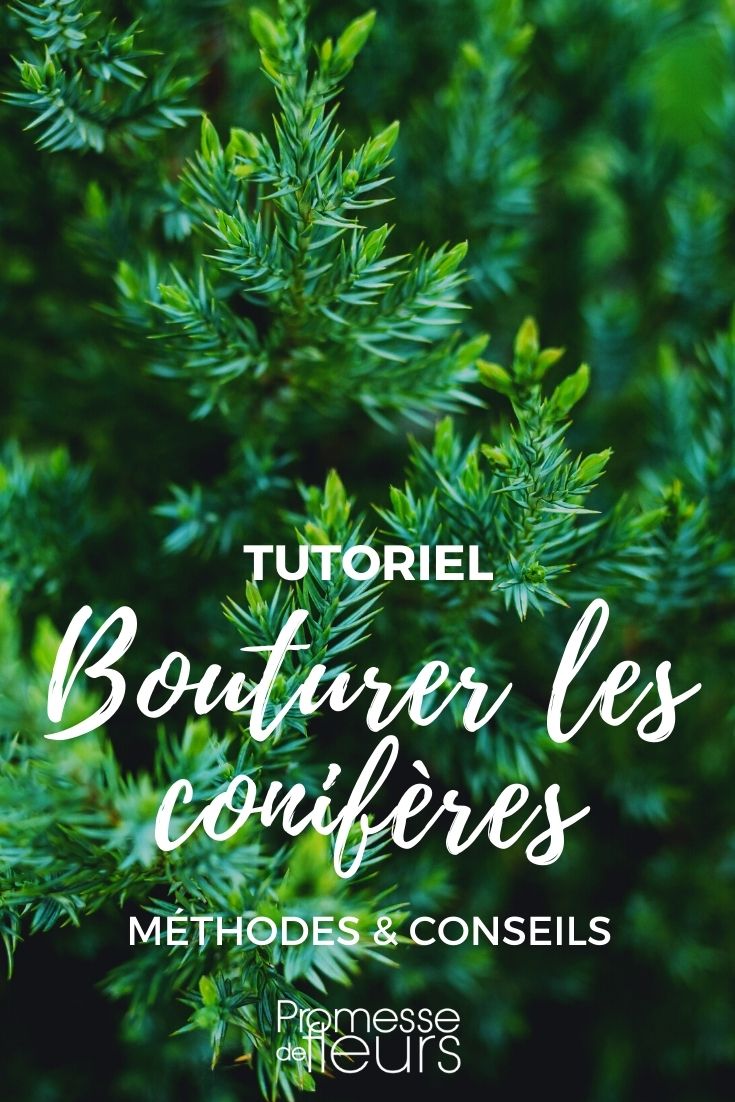Yews, thujas, cypresses, junipers… conifers compete in beauty and charm to structure your garden or bring a holiday feel to your balcony. Just stretch out in the sun near your favourite resinous plant to breathe in the refreshing scent of resin and feel as relaxed as by the sea! Conifers also have other advantages: they offer an impressive palette of shapes and colours. Blue, green, yellow, ball-shaped, parasol-shaped, or pyramidal, pruned to a point or into clouds… they give free rein to your creativity.
Very easy to maintain, some types of conifers can be easily propagated using the cutting technique, allowing you to obtain exactly the same conifer as the original tree. Discover our tips for successful conifer cuttings and enhance your garden with their elegant habit.

Ball-shaped, pyramidal, cloud-pruned, green or blue, conifers have many appealing features.
Which conifers can be propagated by cuttings?
For large conifers like pines and cedars, the sowing technique is preferred over cuttings. However, propagation by cuttings can be used with firs (preferably dwarf varieties), yews, chamaecyparis, thujas, cryptomerias, cypresses, and junipers.

Chamaecyparis pisifera 'Filifera' (Photo Wikipedia), Thuja occidentalis 'Smaragd', and Cryptomeria japonica 'Vilmoriniana' (Photo Denolf)
When to take conifer cuttings?
The best time to take conifer cuttings is late summer and early autumn, around August and September.
What equipment will you need?
- A knife
- Rooting hormone
- Compost or soil
- Sand
- A pot at least 20 cm deep
- A bag, bottle, or plastic film
- Wire or hoops if needed
How to take conifer cuttings?
- Take healthy, semi-woody shoots 10 to 15 cm long, keeping a 1 to 2 cm piece of bark at the base to create heel cuttings. This will help the cutting take root more easily and develop roots faster. You can remove the shoot by gently pulling it from the trunk or by cutting it with a sharp, disinfected knife.
- Remove the needles or leaves from the lower part of the shoot so that the last leaves or needles are not in contact with the soil.
- Prepare a mixture of half peat or compost and half sand and fill a sufficiently large pot with this substrate.
- Water thoroughly to ensure the mixture is moist.
- Optionally dip the tip of the stem in rooting hormone.
- Make a hole in the prepared compost and insert the cuttings two-thirds deep, spacing them sufficiently so they do not touch.
- Firm the soil around the cutting.
- Place the pot in a bright spot but out of direct sunlight.
- Cover with a bag or plastic film held in place with wire or hoops to create a humidity tent and maintain a moist atmosphere.
- Water moderately and regularly to keep the soil moist and ventilate occasionally.
- Remove any cuttings that turn brown.
- Once the cuttings have roots, separate them and plant them under a cold frame to protect them from frost all winter.
- In spring, or even the following autumn, depending on the type of conifer, you can transplant your cuttings into the ground in a mixture of compost and sand. Some slow-growing conifers may need more time before being planted in their final position.
Discover our full range of conifers!

Large-scale conifer cuttings
































Comments